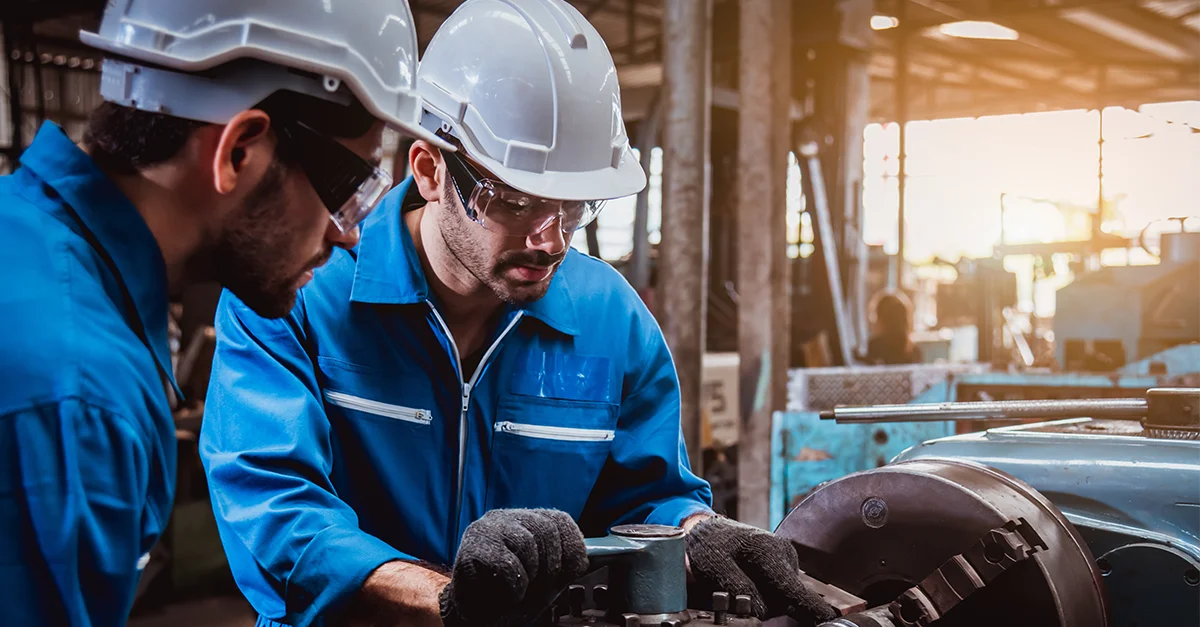The chemical industry plays a crucial role in modern life, providing materials that shape countless products and processes. However, the inherent risks associated with chemical operations make safety an essential priority. A focus on enhancing safety not only protects workers and the environment but also ensures operational efficiency and regulatory compliance. Here, we explore the importance of safety in chemical industry operations, highlight best practices, and discuss innovative strategies for managing risks effectively.
The Critical Importance of Safety
Handling chemicals involves numerous hazards, from exposure to toxic substances to risks of explosions and spills. A single safety incident can result in significant harm to workers, environmental damage, and financial losses. Beyond immediate consequences, such incidents can undermine public trust in businesses and lead to stricter regulatory oversight. To mitigate these risks, the chemical industry must prioritize proactive safety measures at every stage of operations.
Key safety priorities include:
- Preventing chemical exposures
- Maintaining structural integrity of equipment
- Minimizing human error
- Ensuring readiness for potential emergencies
By implementing a safety-first mindset, businesses in the chemical sector can create an environment where risks are controlled, operations remain efficient, and sustainability goals are supported.
Best Practices for Safer Chemical Operations
Achieving safety excellence requires adopting and consistently applying industry-leading best practices. Some of the most effective approaches include:
Rigorous Training and Competency Development
Employees are the first line of defense against potential hazards. Comprehensive training is vital to ensure workers understand the chemicals they handle, the risks involved, and the procedures necessary to stay safe. Regular refresher courses keep knowledge up-to-date, while hands-on simulations allow workers to practice their response to emergencies.
Integrating Safety Management Systems
Implementing a robust safety management system (SMS) provides a framework to identify, assess, and mitigate risks. An effective SMS incorporates hazard identification protocols, risk assessments, and routine audits. This system ensures every phase of operations is optimized with safety in mind while staying aligned with national and international standards.
Proper Equipment Maintenance
Well-maintained equipment reduces the likelihood of malfunctions that could lead to accidents. This includes regular inspections, quick repairs, and using high-quality components tailored to specific processes, such as specialized filtration systems. For instance, the selection of a reliable valmet filter cloth can enhance the safety and efficiency of filtration processes by minimizing the risk of leaks or contamination.
Strict Adherence to Regulatory Compliance
Each country has its own strict guidelines and regulations for chemical operations. Adhering to these is non-negotiable. Businesses must also stay informed about changes in policies to remain compliant and proactively upgrade systems as needed.
Leveraging Technology to Enhance Safety
Advances in technology have transformed how organizations approach safety. Modern tools not only improve efficiency but also enhance the ability to predict, prevent, and respond to incidents.
Automation and Digitization
Automating processes reduces reliance on manual interventions, which inherently carry the risk of human error. Automated systems can monitor and control variables such as temperature, pressure, and flow rate, preventing dangerous deviations.
Digitization offers centralized data management through software platforms that provide real-time insights into operational performance. These digital tools help track warning signs, enabling swift responses and maintaining safety benchmarks.
Predictive Maintenance with IoT
The Internet of Things (IoT) has revolutionized equipment monitoring. By integrating sensors with IoT technology, organizations can collect valuable real-time data on machinery performance. Predictive maintenance models, powered by this data, enable companies to identify potential equipment failings before they lead to incidents.
Advanced Surveillance Systems
Surveillance cameras equipped with artificial intelligence (AI) can detect unusual activities, such as unauthorized access or unsafe practices. These systems provide an extra layer of security while reducing the burden on human oversight teams.
Proactive Strategies for Risk Management
Risk management requires businesses to anticipate potential hazards and formulate strategies to prevent them. Effective measures include:
Comprehensive Risk Assessments
A thorough risk assessment evaluates every aspect of operations, from chemical storage and handling to waste disposal. Identifying potential threats allows businesses to develop measures tailored to mitigating the risks specific to their facilities.
Emergency Response Planning
Despite all precautions, accidents may still occur. Having a clearly defined emergency response plan ensures any incident is handled swiftly and effectively. Regular drills familiarizing employees with emergency protocols can significantly reduce the impact of accidents.
Fostering a Safety-First Culture
Building a culture that prioritizes safety above all is crucial. Management must actively promote safe practices and encourage open communication about potential hazards. Employees should feel empowered to report unsafe conditions without fear of reprisal.
A Safer, More Efficient Future
Safety in the chemical industry is non-negotiable. Through rigorous training, robust safety systems, advanced technologies, and proactive risk management, businesses can minimize hazards while maintaining operational excellence. As technology continues to develop, new opportunities will emerge to further bolster safety efforts.
Ultimately, focusing on safety creates a ripple effect. It protects lives, reduces financial risks, and enhances brand reputation. By fostering a safety-first environment, the chemical industry becomes better equipped to meet modern challenges, deliver quality results, and ensure long-term sustainability.
Summary
The chemical industry operates in a high-stakes environment where safety is paramount. Incorporating best practices like thorough training, stringent equipment maintenance, and adherence to regulations lays a strong foundation. Leveraging technology such as automation, IoT, and AI improves process reliability and predictive safety measures. Meanwhile, proactive strategies like comprehensive risk assessments and fostering a robust safety culture ensure that potential hazards are effectively mitigated. By continuing to evolve and prioritize safety, the industry can achieve both operational and environmental success.



